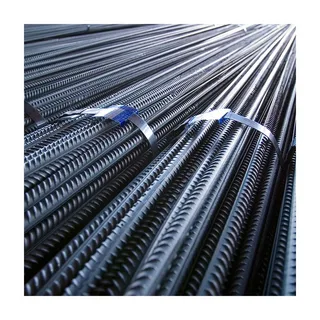Understanding Steel Scheduling: A Vital Process in Construction
Steel plays a crucial role in modern construction, providing the structural strength and durability necessary for buildings, bridges, and infrastructure projects. Steel scheduling is an essential process that ensures the correct quantity, size, and placement of steel reinforcement in a construction project. By accurately planning and documenting steel requirements, project managers and engineers can optimise material usage, reduce waste, and ensure structural integrity.
In this article, we will explore the importance of it, its key components, and how it contributes to efficient and cost-effective construction.
1. What Is Steel Scheduling?
1.1 Definition and Purpose
This is the process of detailing the reinforcement steel requirements for a construction project. It involves preparing schedules that specify the type, size, shape, and quantity of steel bars (rebar) needed for different structural elements, such as beams, columns, and slabs.
1.2 Importance in Construction
It helps ensure that reinforcement is correctly placed, reducing the risk of structural failures. It also aids in cost estimation, minimises material wastage, and streamlines the procurement and installation process.
2. Key Elements of Steel Scheduling
2.1 Bar Bending Schedule (BBS)
A bar bending schedule is a detailed list that includes:
Bar mark numbers
Diameter and length of reinforcement bars
Shape codes and bending dimensions
Quantities required for each structural element
2.2 Reinforcement Placement Plans
These drawings specify the exact locations where steel reinforcement should be placed within a structure. They ensure that the steel aligns with design specifications and structural requirements.
2.3 Cutting and Bending Instructions
To reduce onsite errors, it includes precise cutting and bending details, allowing prefabrication of steel reinforcements before delivery.
3. The Process of Steel Scheduling
3.1 Planning and Design Review
Before creating a steel schedule, engineers and detailers review structural drawings and building codes to determine reinforcement needs.
3.2 Preparation of Bar Lists
A bar list is generated based on the structural requirements, specifying the type and quantity of reinforcement needed.
3.3 Coordination with Fabricators
The schedule is then shared with steel fabricators to ensure accurate cutting, bending, and delivery of reinforcement bars.
4. Benefits of Accurate Steel Scheduling
4.1 Cost Savings
By optimising material usage, it helps reduce waste and lowers overall project costs.
4.2 Improved Construction Efficiency
Accurate scheduling allows for better planning and reduces delays caused by material shortages or incorrect reinforcement placement.
4.3 Enhanced Structural Integrity
Ensuring proper reinforcement placement minimises the risk of structural failures and enhances the overall safety of the building.
5. Modern Tools for Steel Scheduling
5.1 Computer-Aided Design (CAD) Software
CAD tools help create precise reinforcement layouts and generate accurate schedules for large-scale projects.
5.2 Building Information Modelling (BIM)
BIM technology enhances it by providing 3D visualisations of reinforcement placement and improving collaboration between project teams.
Conclusion
Steel scheduling is a critical process in construction that ensures the correct quantity, size, and placement of reinforcement steel. By optimising material usage, improving efficiency, and enhancing structural integrity, it plays a vital role in the success of any construction project. Whether using traditional methods or advanced digital tools, accurate scheduling is essential for safe and cost-effective building practices.


Comments
Post a Comment